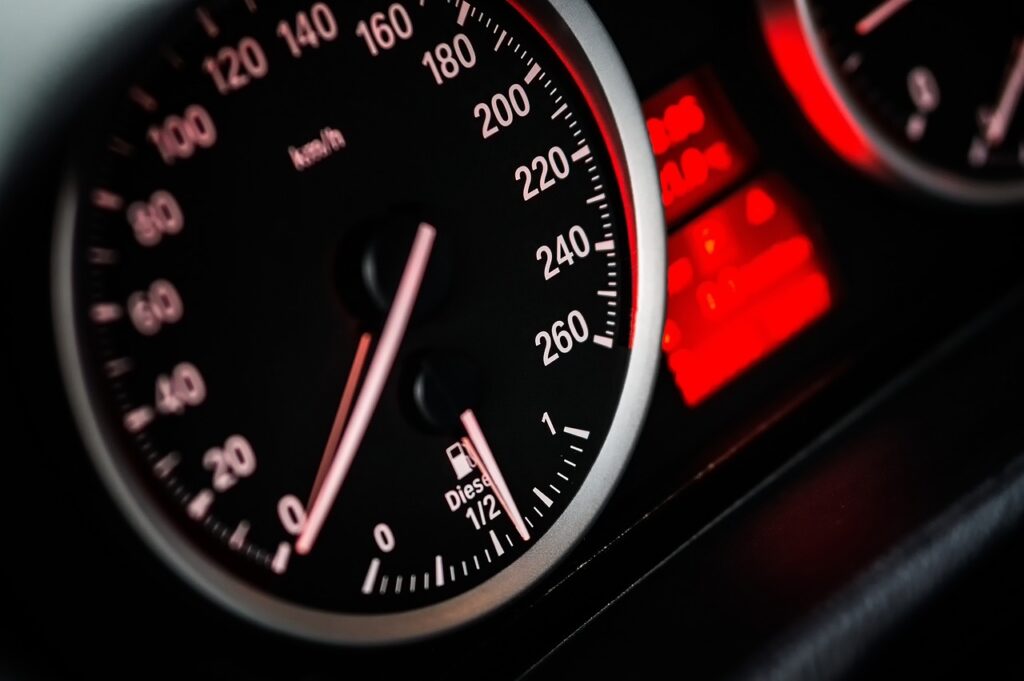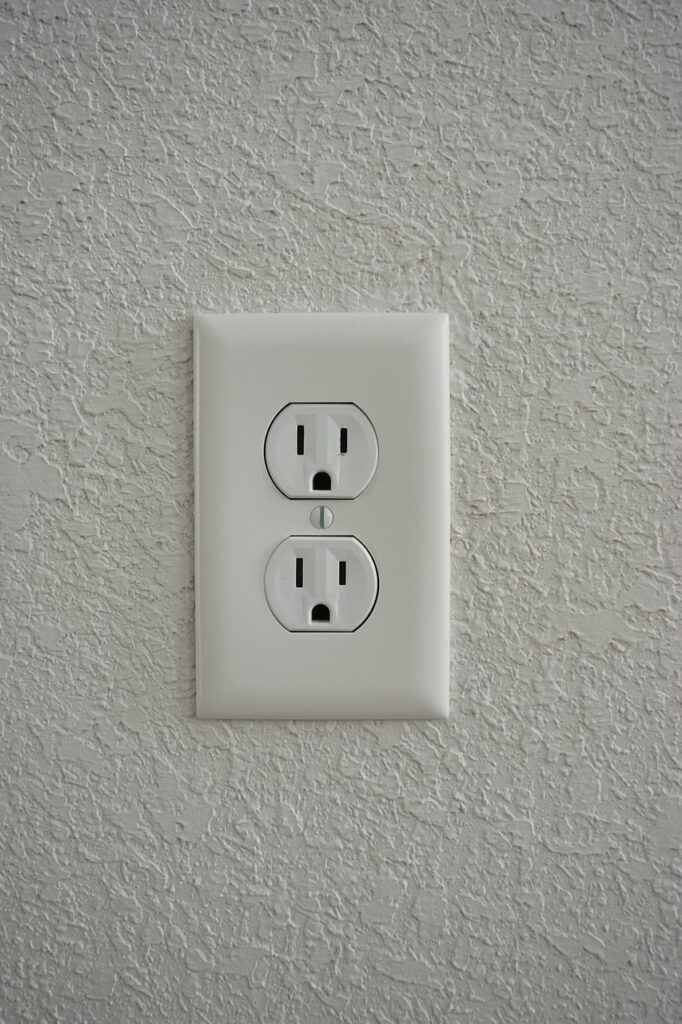
There’s nothing quite like the freedom of the open road, especially when your RV takes you far away from the hustle and bustle of everyday life. Whether you’re chasing stunning vistas, finding peace in remote boondocking spots, or simply enjoying a quick overnight stop, your RV’s 12-volt house batteries are the unsung heroes powering your adventures. They ensure your lights shine bright, your water pump delivers a refreshing stream, your vent fans keep things cool, and your fridge keeps your provisions fresh and ready.
Understanding how to keep these vital batteries charged is absolutely paramount for any RVer, from the newest enthusiast to the seasoned full-timer. Most of your powered RV gear relies on either 12-volt direct current (12V DC) directly from your house batteries or 120-volt alternating current (120V AC) when you’re connected to an external power source. Your house battery bank is a fantastic resource, providing 12V DC power whether you’re hooked up or not, and can even supply 120V AC through an inverter, allowing you to enjoy nearly all your rig’s electrical comforts, no matter your location.
Given how essential a charged battery is to enjoying your RV experience to the fullest, we’ve put together a comprehensive guide outlining 13 simple yet incredibly effective ways to keep your RV’s 12-volt batteries fully topped up. We’ll delve into each method, offering practical insights and actionable tips to help you master your RV’s power needs, empowering you to stay off-grid longer and worry less about your energy supply. Let’s dive in and explore these fantastic options!

1. **Shore Power: Your RV’s Onboard Converter/Charger**One of the most straightforward and common methods for charging your RV batteries is by simply plugging into shore power. When your RV is connected to a 120v electrical outlet, such as a power pedestal at a campground or a wall outlet at home, your RV’s onboard power converter or converter/charger automatically springs into action. This system is designed to seamlessly manage your power needs, converting the alternating current (AC) from the grid into direct current (DC) that your batteries require for charging.
This automatic process means you typically don’t have to do much beyond ensuring your RV’s power cord is securely plugged in. Whether your rig features a 30-amp or 50-amp plug (or even a smaller 15-amp connection for some compact RVs), the built-in system handles the conversion and charging with efficiency. It’s a truly hands-off way to replenish your battery reserves while simultaneously powering your AC appliances like air conditioning, televisions, or microwaves.
Beyond just charging, shore power connection is also crucial for maintaining the health of your lead-acid batteries, especially during periods of storage. This method allows for trickle charging, which helps prevent sulfation – a common issue that can shorten battery life – and ensures your batteries remain in optimal condition. It’s a vital step in winterizing your camper, offering a steady, gentle charge that keeps your battery ready for your next adventure.
Furthermore, many larger RVs come equipped with inverter/chargers, units that combine the functions of an inverter (producing 120V AC from 12V DC) and a charger (converting 120V AC to 12V DC for batteries). This integrated approach makes managing your RV’s electrical system incredibly efficient when connected to shore power, providing robust power delivery and consistent battery maintenance. For detailed insights, understanding “Does an RV Battery Charge When Plugged Into Shore Power?” is key.
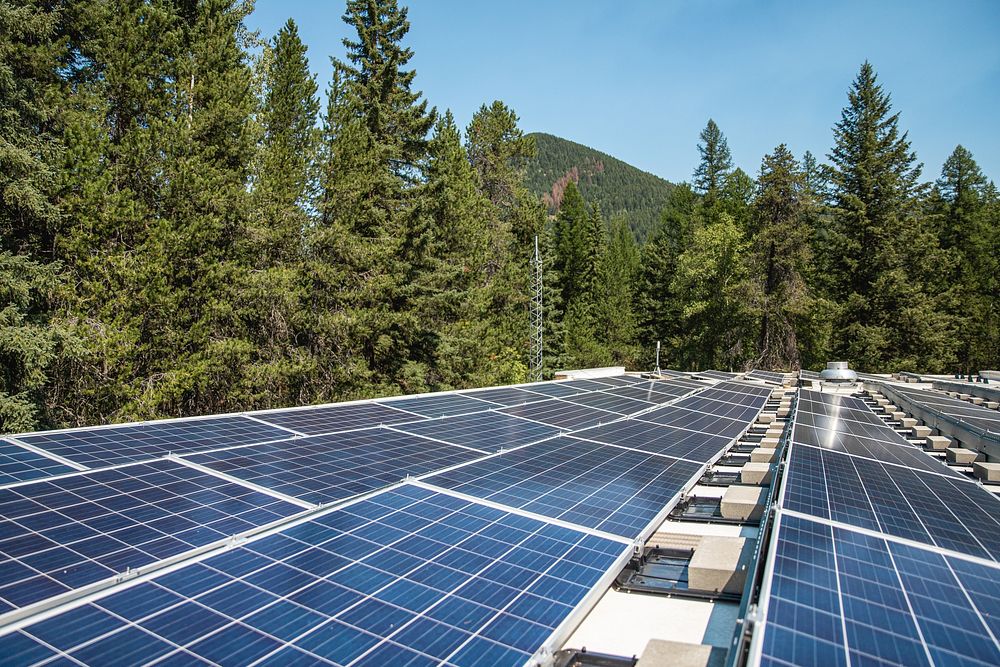
2. **Harnessing Power with an RV Generator**When shore power isn’t an option, your RV generator becomes an indispensable tool for rapidly recharging your batteries and powering your electrical systems. Whether you have a built-in generator or a portable unit, this method provides 120V AC power, mimicking a shore power pedestal. Simply connect your RV’s power cable to the generator’s 30-amp/120-volt power outlet, and your batteries will begin recharging through your RV’s onboard converter/charger, just as they would with shore power.
For those with generators featuring a 220-volt outlet, a suitable adapter will allow for seamless connection and charging. The beauty of a generator lies in its ability to deliver substantial power on demand, making it an excellent choice for off-grid situations or when you need a quick boost. It’s a reliable backup that brings the convenience of household electricity wherever you roam, ensuring your essential appliances remain operational.
While incredibly powerful, it’s important to remember that a generator’s output capacity sets its limits. You can’t necessarily run every single appliance simultaneously without potentially overtaxing the system. For instance, a robust 7.5 kW Onan QuietDiesel generator, as mentioned in the context, might comfortably power both roof air conditioners and charge your batteries. However, attempting to microwave dinner while all of that is running might push it to its limits, though larger generators (10kW or 12kW) would handle such loads with ease.
Beyond simply charging your batteries, a generator offers the flexibility to use high-draw AC appliances that your battery bank alone might struggle with, or that would deplete your batteries too quickly. It’s a versatile power solution that significantly extends your stay in locations without electrical hookups, making boondocking more comfortable and less power-constrained.
Read more about: Electricity Explained: Unpacking the Invisible Force That Shapes Our Modern Lives
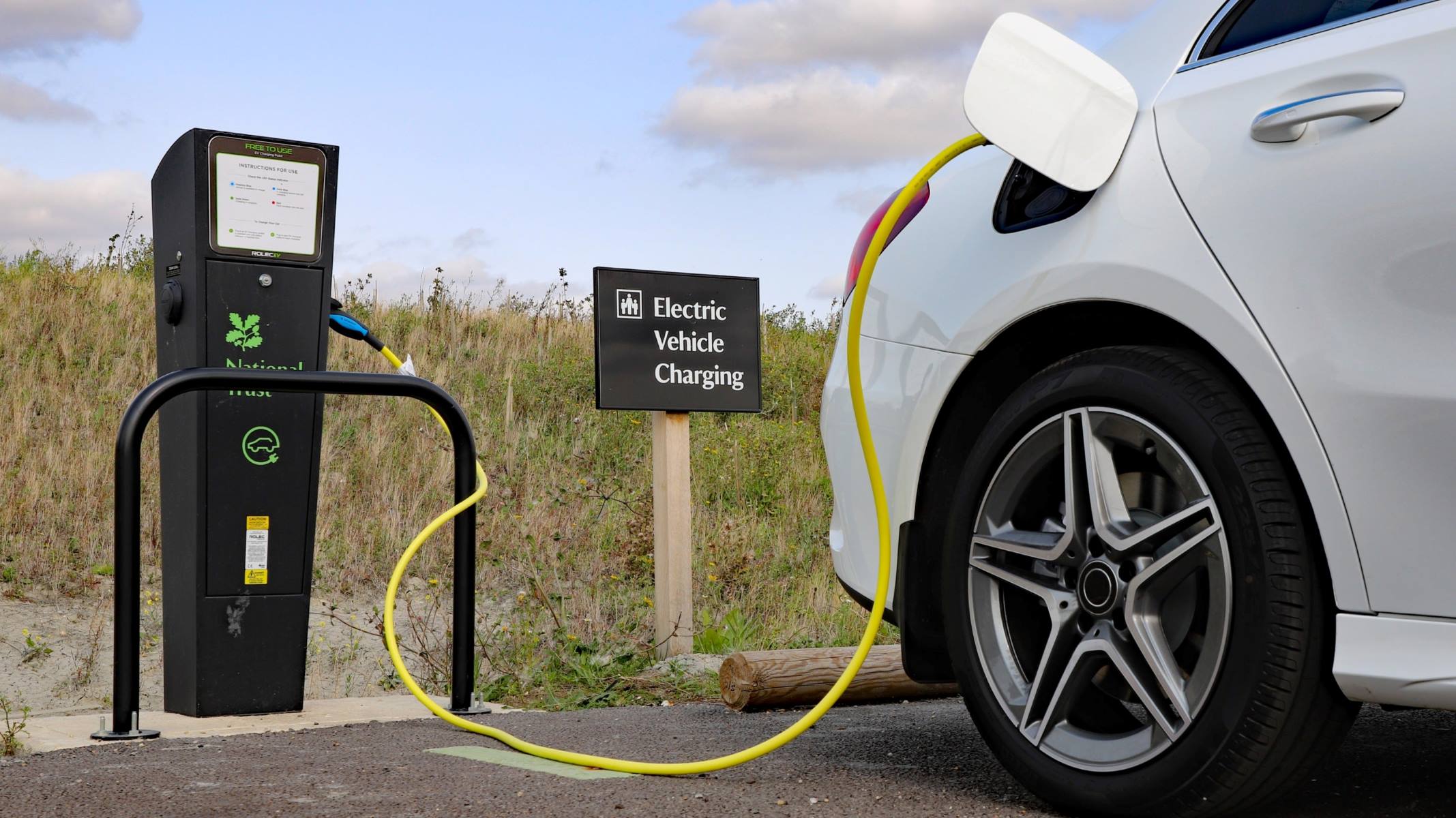
3. **Charging On The Go: Your Motorhome’s Alternator**For motorhome owners, one of the most convenient ways to keep your house batteries topped up is simply by driving! Many, if not most, motorized RVs are cleverly wired so that the engine’s alternator charges both the vehicle’s chassis battery and your RV’s house batteries as you drive down the highway. This means that every mile you cover is actively contributing to replenishing your house battery bank, making travel time productive for your power system.
This integrated charging mechanism often relies on systems like a Bi-directional Relay Delay (BiRD) or an echo charger. A BiRD system uses a relay to connect your chassis and house batteries, allowing charge to flow between them, while an echo charger diverts a portion of the chassis battery’s charging current to the house battery bank. These systems work behind the scenes to ensure your essential batteries are receiving some level of charge whenever your engine is running.
While incredibly convenient, it’s important to manage expectations regarding the charging speed from your motorhome’s standard alternator. In its typical, out-of-the-box configuration, this method often functions more as a trickle charge. It effectively maintains battery levels and prevents significant depletion but shouldn’t be relied upon for a rapid, full recharge from a deeply discharged state. It’s more about sustained maintenance during transit.
Nevertheless, the sheer convenience of having your batteries charge automatically as you travel makes this a highly valued method for many motorhome adventurers. It’s a passive way to add power, reducing the need for active charging solutions while you’re focused on the journey ahead. Knowing your rig is inherently designed to manage this aspect of power keeps your mind on the road and the destinations awaiting.
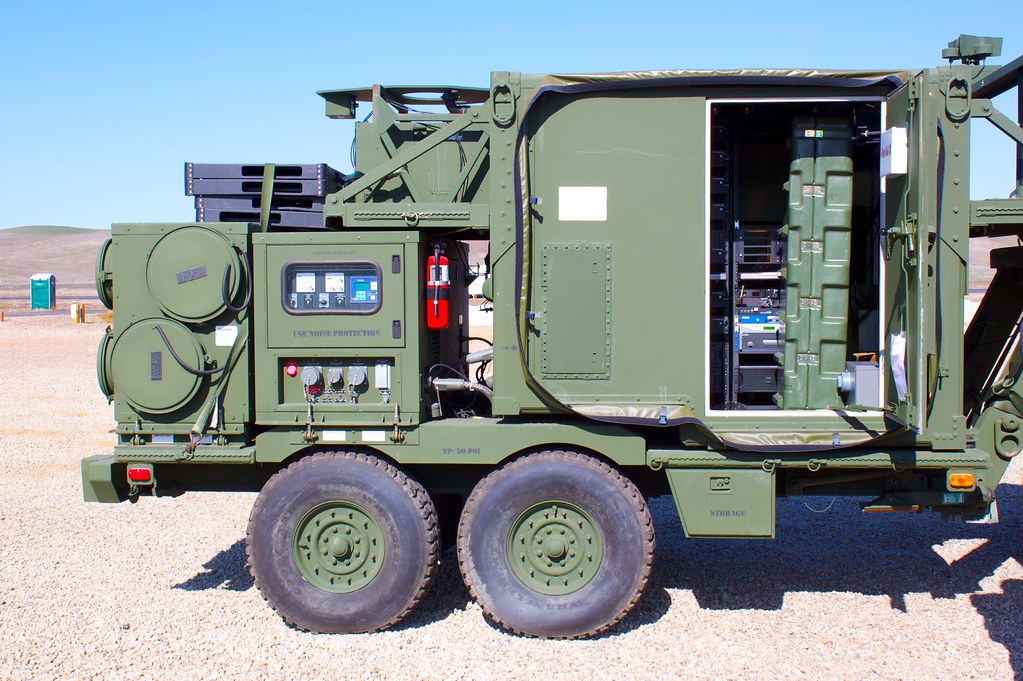
4. **Tow Vehicle’s Alternator for Towable RVs**If you own a towable RV – be it a travel trailer, fifth wheel, or pop-up – your towing vehicle’s alternator can also play a crucial role in charging your rig’s house batteries. This capability typically comes into play when your towable RV is connected to your towing vehicle via a 7-pin travel trailer plug. This connection allows power to be supplied from the tow vehicle’s electrical system to the RV, offering a charging solution while you’re on the move.
However, it’s important to note that for this method to be truly effective and safe, it may require some significant upgrades. The context highlights the need for “upgraded wiring or a dedicated DC-to-DC charger.” These enhancements are critical to ensure that the charging process is efficient, prevents damage, and is suitable for the specific battery types in your RV, especially if you have sensitive lithium batteries that demand a different charging profile than traditional lead-acid ones.
Several key considerations emerge when relying on a tow vehicle’s alternator. Firstly, ensuring the “Proper Charge Cycle Is Used” for your RV’s house battery bank is paramount, particularly for lithium batteries. Secondly, preventing “Overcharging Doesn’t Occur” is vital, as even flooded lead-acid batteries can be damaged by excessive charging. These steps safeguard your valuable battery investment and extend its operational life.
Furthermore, it’s essential to prevent your “Alternator Isn’t Over-Taxed” by ensuring it’s not constantly running at too high a load. This might necessitate upgrading to a more powerful alternator in your tow vehicle. Finally, using the “Correct Configuration Is Used” is non-negotiable; otherwise, differences in battery resting voltages could ironically drain your RV’s batteries instead of charging them. Proper installation and setup are key to harnessing this charging method effectively and safely.
5. **Supercharge Your Drive: The DC to DC Battery Charger**While your vehicle’s alternator is a convenient way to charge your RV batteries on the road, its standard output often provides more of a trickle charge. If you’re looking to dramatically increase charging efficiency and speed from your alternator, integrating a DC to DC battery charger into your vehicle’s charging system is an absolute game-changer. This device is specifically designed to optimize and boost the power transfer from your alternator to your house batteries, transforming a slow trickle into a robust charge.
What makes a DC to DC charger so effective? It significantly boosts the charging amps, often increasing the output from a modest 5 amps to a much more substantial 20 amps or even higher, depending on the model. This amplification of current means your house batteries receive a quicker and more effective charge while you’re driving, allowing them to recover more energy in less time. It’s an indispensable upgrade for anyone who frequently travels long distances or relies heavily on their house batteries between hookups.
Installing a DC to DC charger transforms your road trips into active charging sessions, ensuring that by the time you reach your destination, your house batteries are in a much better state of charge than they would be with a conventional alternator connection alone. The context explicitly highlights its value, stating that you can find “instructions and tips to install this fast-charging system,” emphasizing its practical benefits for RVers looking for reliable power.
This dedicated system is particularly beneficial for RVers with larger battery banks or those using more power-intensive devices while off-grid. It bridges the gap between basic alternator charging and a full shore power connection, offering a powerful, on-the-go solution that maximizes every mile driven. It’s a proactive step towards greater energy independence and peace of mind on your RV adventures, ensuring you arrive with ample power.
Read more about: The Ultimate Guide to 2024’s Most Dependable Cars: Why These Top Picks Are Driving Off Dealership Lots
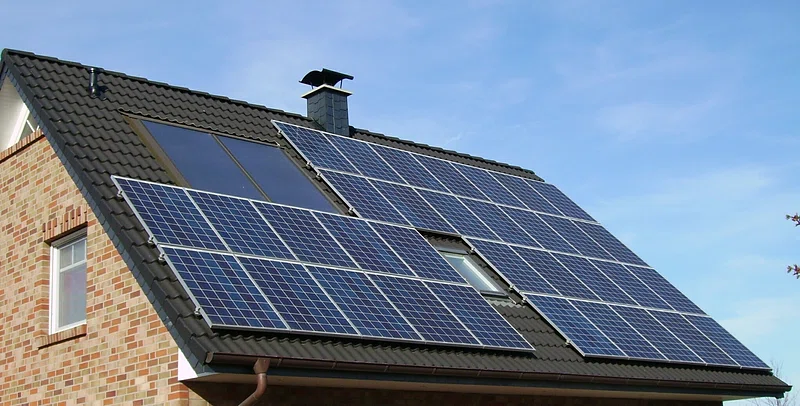
6. **Embrace the Sun: Rooftop Solar Power Systems**There’s a reason why solar power is often touted as a “free and convenient energy source” for RVers, and for many, it’s quickly becoming “our favorite way” to charge RV batteries. Installing solar panels permanently on your RV’s roof offers an incredible level of energy independence, allowing you to charge your batteries and operate electrical devices without needing a generator or access to shore power, especially when boondocking in sunny locales.
Setting up a solar charging system involves a few key components: the solar panels themselves, a solar charge controller to regulate the voltage and current flowing into your batteries, and the necessary wiring. While most RVs don’t come factory-equipped with a full solar setup (though more are becoming “solar-ready”), the initial investment and the “bit of a learning curve” for installation are well worth the effort for the long-term benefits of clean, silent power generation.
Luckily, comprehensive kits are available to simplify the process. The context points to the “Renogy Complete RV Solar System Kit” as an all-in-one solution that provides “everything you need to get your solar system up and running in no time.” This makes the transition to solar much more accessible, turning a seemingly complex project into an achievable DIY endeavor, complete with instructional videos and step-by-step guides.
Determining “how much solar do I need for my RV?” is a critical question, as the number of panels should appropriately match your battery bank size and your off-grid power consumption. Factors like location, climate, and time of year—especially short, low-sun winter days—all play a significant role. The context proudly mentions a “1,300-watt RV solar system” on a Newmar Mountain Aire, which allowed them to function almost as if plugged into shore power, even powering a residential refrigerator, showcasing the immense potential of a well-designed solar setup.
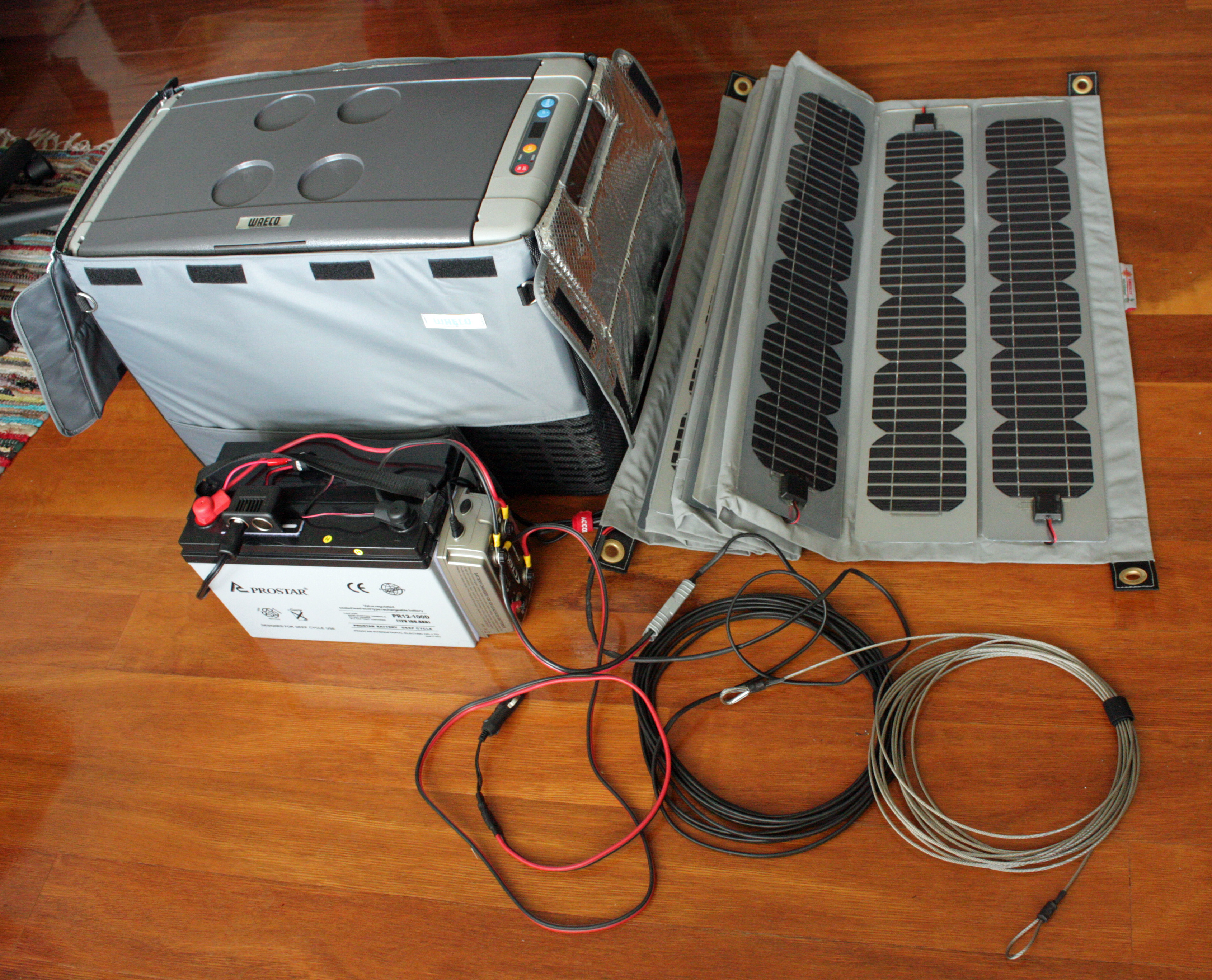
7. **Flexible Charging: Portable Solar Panels**While a fixed rooftop solar array offers immense benefits, portable solar panels present a fantastic alternative or complement, providing unparalleled flexibility in capturing the sun’s energy. Unlike their rooftop counterparts, portable panels can be strategically “placed in the sun when you reach your destination and typically have a built-in charger.” This means you can position them to maximize sunlight exposure, even if your RV is parked in the shade of trees or buildings.
This adaptability is particularly valuable for RVers who frequently park in partially shaded areas or who want to augment their existing charging capabilities. Imagine arriving at a beautiful campsite, parking your RV under a canopy of trees for shade, and then setting up your portable panels in a sunny clearing nearby. It’s a simple, effective way to ensure a continuous charge without having to move your entire rig.
Portable solar panels are often easier to set up and require less permanent installation than rooftop systems, making them an excellent choice for those hesitant about drilling into their RV’s roof or seeking a more temporary solution. They can serve as a primary charging method for smaller battery banks or as a crucial backup to keep things topped up during extended boondocking trips when fixed panels might not be getting optimal sun.
Furthermore, the concept of “portable power bank” is often intertwined with portable solar, as these devices can be “known as a ‘solar generator’ when paired with portable solar panels.” This allows for a versatile ecosystem where you can charge your power bank via portable solar during the day, and then use that stored energy to top up your RV’s house batteries or directly power devices, providing a multi-layered approach to energy management.”
Navigating the world of RV power can seem daunting, but with the right knowledge, you can extend your adventures and enjoy true energy independence. While our first section laid the groundwork with common and foundational charging methods, this next segment dives into more advanced, specialized, and portable solutions designed to keep your RV’s batteries humming, even in the most remote locations. Get ready to uncover strategies that will truly empower your off-grid dreams!
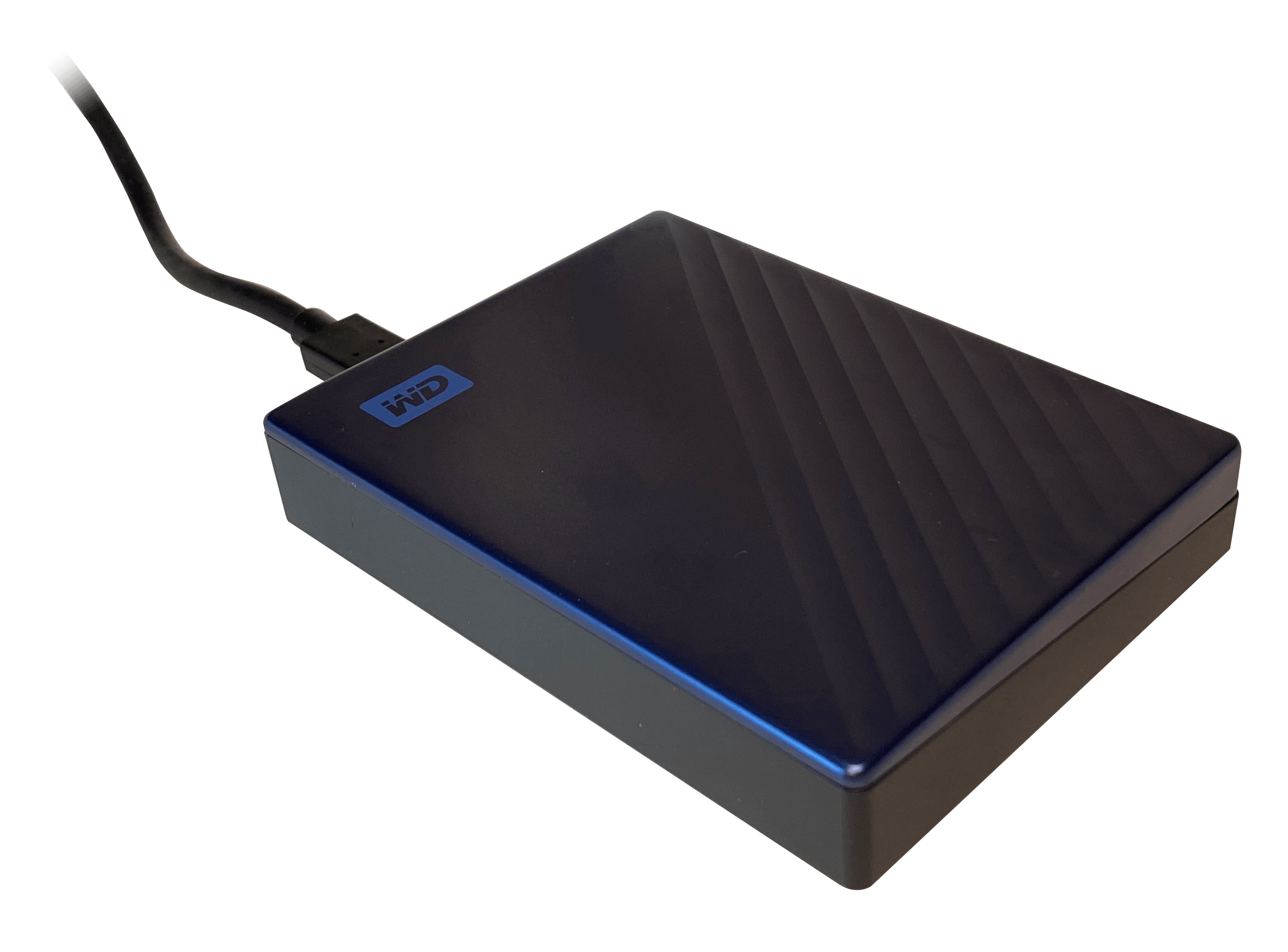
8. **External Smart Battery Chargers**Beyond your RV’s built-in converter/charger, an external ‘smart’ battery charger represents a highly effective and versatile way to optimize battery health and charging speed. These dedicated units offer advanced control and functionality that your standard onboard system might lack, making them indispensable for diligent RVers.
Smart chargers, also known as battery tenders, are designed to convert 110V AC electricity (from a wall outlet or generator) into DC power that your 12-volt batteries require. What sets them apart is their intelligence: they actively monitor the battery’s ambient charge and precisely alter the amount of current delivered, ensuring an optimal and safe charging cycle. This sophisticated programming allows them to charge almost any battery type, including AGM, lead-acid, gel, and lithium, making them incredibly versatile.
These external units bring significant benefits, primarily by reducing heat and preventing the potential damage that can be caused by overcharging. They often feature multiple settings, such as rapid charge for a quick boost (though not ideal for full capacity) and trickle charge for slow, steady replenishment, which is perfect for overnight charging or during long hikes. Some models even adapt their charging profile for cold weather or specific battery chemistries, like gel-based batteries.
Such chargers are particularly valuable when your RV’s built-in charger is less efficient or for dedicated off-season battery maintenance. When using one, always connect the red positive clamp to the battery’s positive post and the black negative clamp to the negative post first, then plug in the charger. Products like the Schumacher Fully Automatic Battery Charger and Maintainer are excellent examples of these reliable devices, ensuring your batteries are always ready for the road.
Read more about: Does Charging Your Phone To 100% Ruin Your Battery? The Definitive Guide to Smartphone Battery Longevity
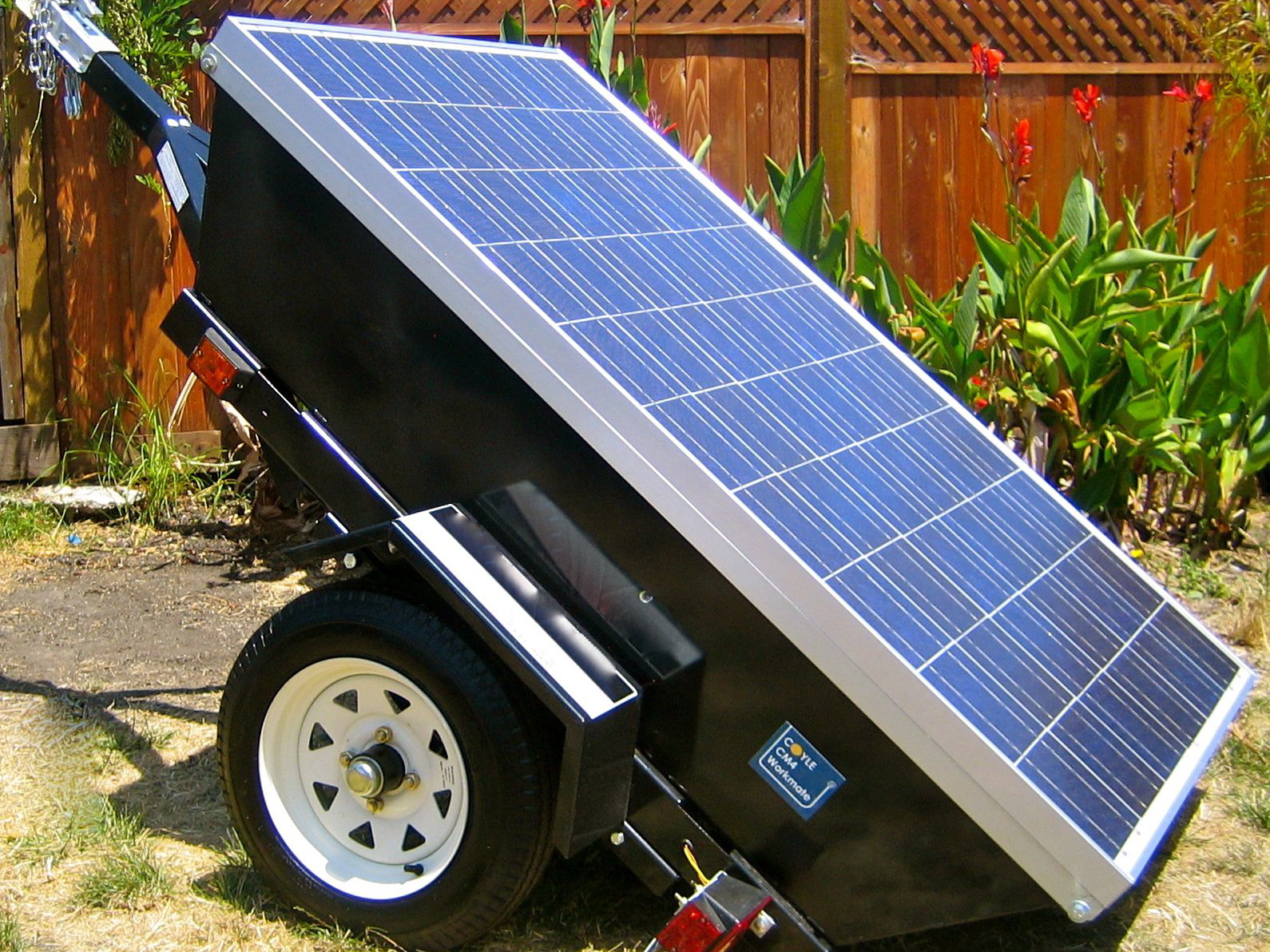
9. **Dedicated Portable Power Stations (Solar Generators)**While we touched upon portable solar panels, the concept of a dedicated portable power station, often dubbed a ‘solar generator’ when paired with portable solar panels, warrants its own spotlight as a distinct and highly flexible charging solution. These standalone battery units are fantastic companions for any RVer, capable of both powering devices and, crucially, recharging your RV’s main house batteries.
Their primary function is to offload power needs from your onboard battery bank, helping to preserve your RV’s internal power supply. You can use them to run small appliances, charge laptops, or power entertainment systems, thereby extending the life of your house batteries. However, their true versatility shines when they’re used to directly top up your RV’s house batteries.
To achieve this, you can ‘dog-bone’ your RV’s standard power cord down to a 15-amp plug and connect it to one of the 120V AC outlets on the portable power bank. This setup allows the power bank to supply power to your RV’s onboard inverter/charger, effectively feeding energy back into your system. It’s an invaluable backup, especially during prolonged overcast weather when rooftop solar panels might not be performing optimally.
These portable powerhouses, exemplified by devices like the Jackery Portable Power Station Explorer 500, can then be recharged via portable solar panels during the day, creating a sustainable, multi-layered energy ecosystem. While using them to charge your RV’s large battery bank isn’t the most efficient method due to their smaller capacity, it provides a vital emergency boost or supplemental charge, offering peace of mind and significantly extending your off-grid comfort.

10. **Wind Power Systems**Harnessing wind power to charge RV batteries is a less common but increasingly appealing option for those committed to reducing their environmental footprint and enhancing off-grid charging capabilities. This method introduces a unique renewable energy source to your RV’s power toolkit, providing an alternative or complement to solar.
A wind turbine system for an RV involves setting up a compact turbine that converts kinetic energy from the wind into electrical energy, which is then used to charge your RV’s batteries. While it certainly comes with some specific considerations, such as initial costs and the inherent dependency on wind availability, the long-term benefits of utilizing a clean, silent, and renewable energy source can significantly outweigh these disadvantages for many adventurous RV owners.
Wind power truly shines in conditions where solar might be less effective. Imagine camping in a heavily wooded area where direct sunlight is scarce, or during long stretches of cloudy weather; a well-placed wind turbine could continue generating power when solar panels are dormant. It’s not typically recommended as the sole power source for your batteries, but when combined with other options like solar or a generator, it creates a robust and diverse energy portfolio for extended boondocking.
For RVers exploring regions known for consistent breezes, integrating a wind power system can provide a steady trickle of charge, or even a significant boost, ensuring your essential appliances remain operational. Researching appropriate turbine sizes and installation methods is key, but the ability to tap into the elements for power adds another layer of independence to your RV lifestyle.
Read more about: The Definitive Guide: 12 Expert Steps to Authenticate a Rare Classic Car’s Provenance
11. **Trickle Charging for Long-Term Storage**Beyond actively charging your RV batteries for immediate use, a distinct and absolutely critical method for maintaining battery health is trickle charging, especially during periods of long-term storage or the off-season. This specific charging regimen is paramount for lead-acid batteries (flooded, AGM, or gel) to prevent common issues like sulfation and ensure their service life is maximized.
Trickle charging provides a steady, gentle flow of current to the battery, enough to counteract self-discharge without overcharging. This process is vital because allowing a battery to remain deeply discharged for extended periods can lead to irreversible damage, significantly compromising its future capacity to hold a charge. It’s a proactive measure that keeps your batteries in optimal condition, ready for your next adventure without unpleasant surprises.
The process for trickle charging lead-acid RV batteries in storage is straightforward yet essential. First, remove the battery from your recreational vehicle for easier handling and safety. Next, ensure the battery is fully charged using a standard or smart charger. For flooded lead-acid batteries, remember to check and fill water levels if needed (never for AGM batteries).
Finally, store the battery in a warm, preferably indoor, location to protect it from extreme temperatures. Attach a specialized battery maintainer or battery tender, such as the Schumacher Fully Automatic Battery Charger and Maintainer, to keep it continually topped up during storage. Always remember to wear safety goggles and protective gloves when handling lead-acid batteries to prevent accidental exposure to electrolytes.
Read more about: Maximize Your Miles: The Definitive Guide to Electric Scooter Battery Lifespan and Care
12. **Using a Portable Power Bank with a Neutral Grounding Plug**While portable power banks offer fantastic flexibility for charging on the go, RVers sometimes encounter a frustrating hurdle: their RV’s surge protector or Electrical Management System (EMS) prevents charging from the power bank. This happens because these safety systems, designed for shore power pedestals, often detect a ‘missing or floating neutral’ or a ‘bad ground’ from the portable power source. Thankfully, there’s a simple, actionable solution.
RV surge protectors, like the powerful Hughes Power Watchdog, are engineered to monitor incoming power for faults that could harm your RV’s sensitive electronics. Portable power banks, by their nature, are not wired in the same way as an RV park’s electrical system, leading to these safety devices cutting off power flow, even if the power bank itself is perfectly safe. This prevents your RV’s onboard charger from receiving power, effectively stopping the charge.
The ingenious solution comes in the form of a neutral grounding plug. This small, specialized plug is designed to bridge the neutral and ground on the power bank’s 120V AC outlet. By plugging it into one of the power bank’s outlets, you create the necessary ground condition that satisfies the surge protector, allowing the power to flow to your RV’s converter/charger and, subsequently, to your batteries. It’s a vital hack for making your portable power bank truly compatible with your RV’s electrical safeguards.
If for some reason a neutral grounding plug doesn’t resolve the issue, a practical alternative is to temporarily unplug your surge protection while you are actively charging your house battery from the portable power bank. For this specific, short-term task, the risk from doing so is minimal and highly unlikely to cause any problems for your RV’s electrical system. This ensures you can still leverage your portable power bank when needed, providing ultimate flexibility in your charging strategy.

13. **CarGenerator (Portable Vehicle-Powered AC)**For those seeking an innovative and robust portable power solution that taps into existing resources, the CarGenerator offers a truly unique way to keep your RV batteries charged. This device essentially transforms your vehicle into a powerful mobile generator, providing 120V AC power by leveraging your engine, distinct from merely relying on the vehicle’s 12V alternator output.
The CarGenerator works by connecting to your vehicle’s 12V battery and, with the engine running, converts that direct current into standard household 120V alternating current. This means you can plug your RV’s power cord (potentially with an adapter down to 15-amp) directly into the CarGenerator, which then feeds AC power to your RV’s onboard converter/charger. It’s a smart way to generate significant AC power on demand using a resource you already have: your vehicle.
One of its key advantages is the ability to run higher-draw AC appliances or rapidly charge your RV batteries without needing a separate, noisy, or heavy traditional portable generator. It’s perfect for emergencies, short overnight stops, or when you need a quick burst of power for specific tasks. The CarGenerator utilizes your vehicle’s alternator, but unlike direct alternator charging to the RV batteries, it converts the power to AC first, allowing your RV’s internal systems to handle the battery charging process as if it were plugged into shore power.
Positioned as “another source of portable power on the go,” the CarGenerator stands out as a flexible backup or supplemental power source. It empowers you to confidently manage your RV’s energy needs, turning your everyday vehicle into a versatile power station that ensures your adventures are never cut short by a lack of electricity. It’s an ingenious solution for ultimate self-sufficiency.
Keeping your RV’s 12-volt batteries charged is more than just a chore; it’s the key to unlocking true freedom and comfort on the open road. From the reliability of shore power and the silent strength of solar to the ingenious flexibility of portable solutions and specialized external chargers, you now have a comprehensive toolkit at your disposal. Embrace these diverse strategies, adapt them to your unique adventures, and enjoy every moment knowing your power needs are confidently handled. Happy trails, fellow travelers!

